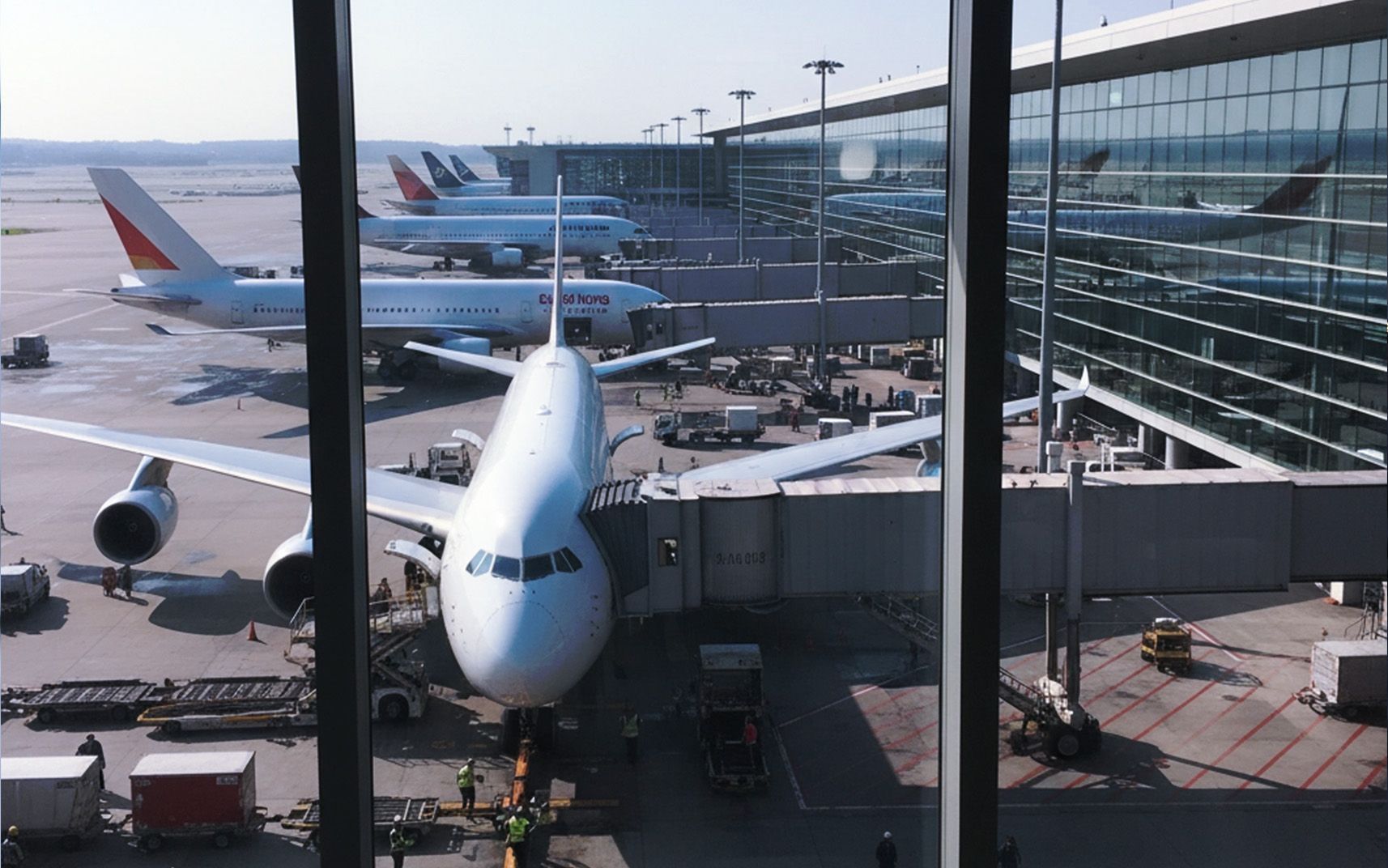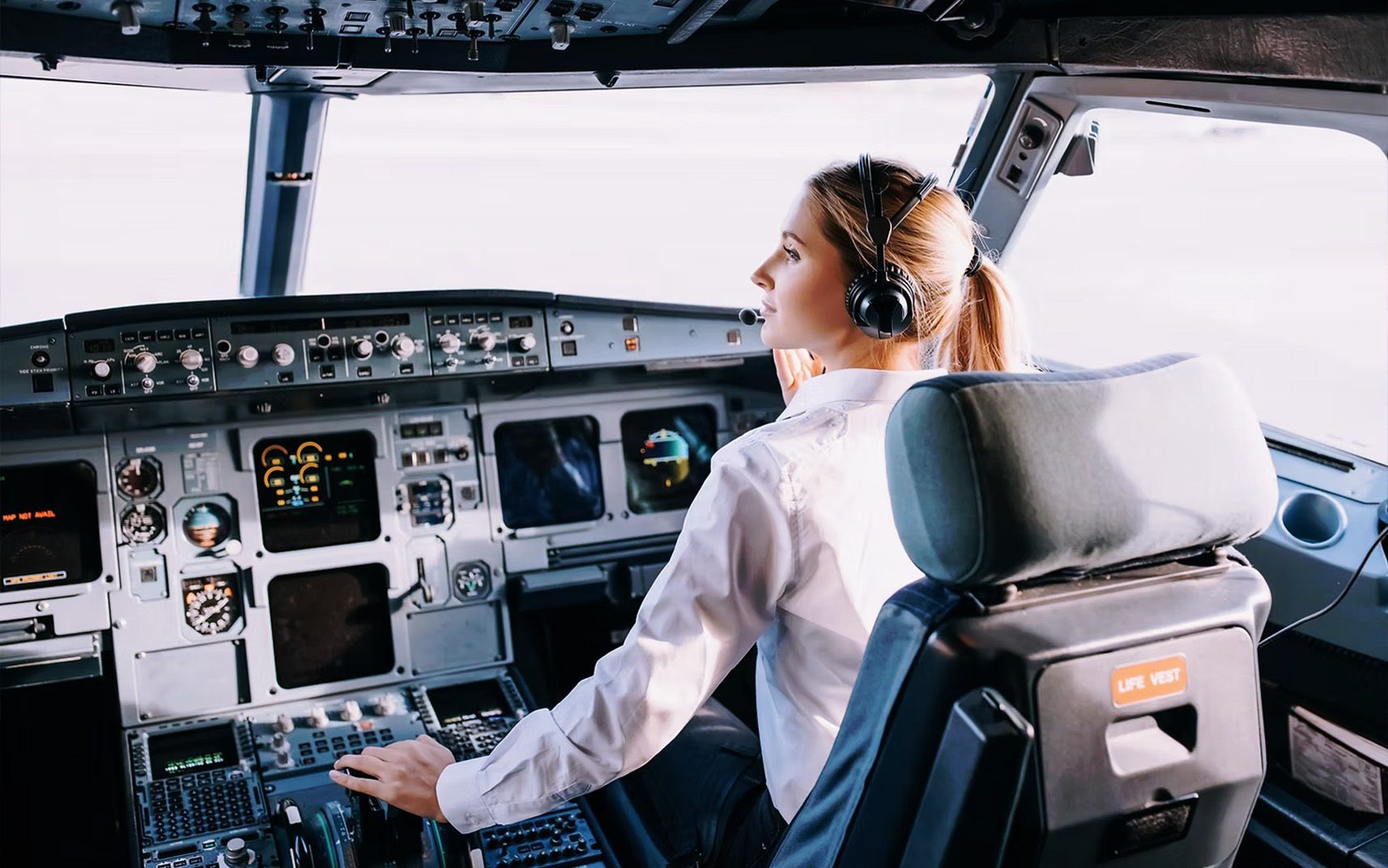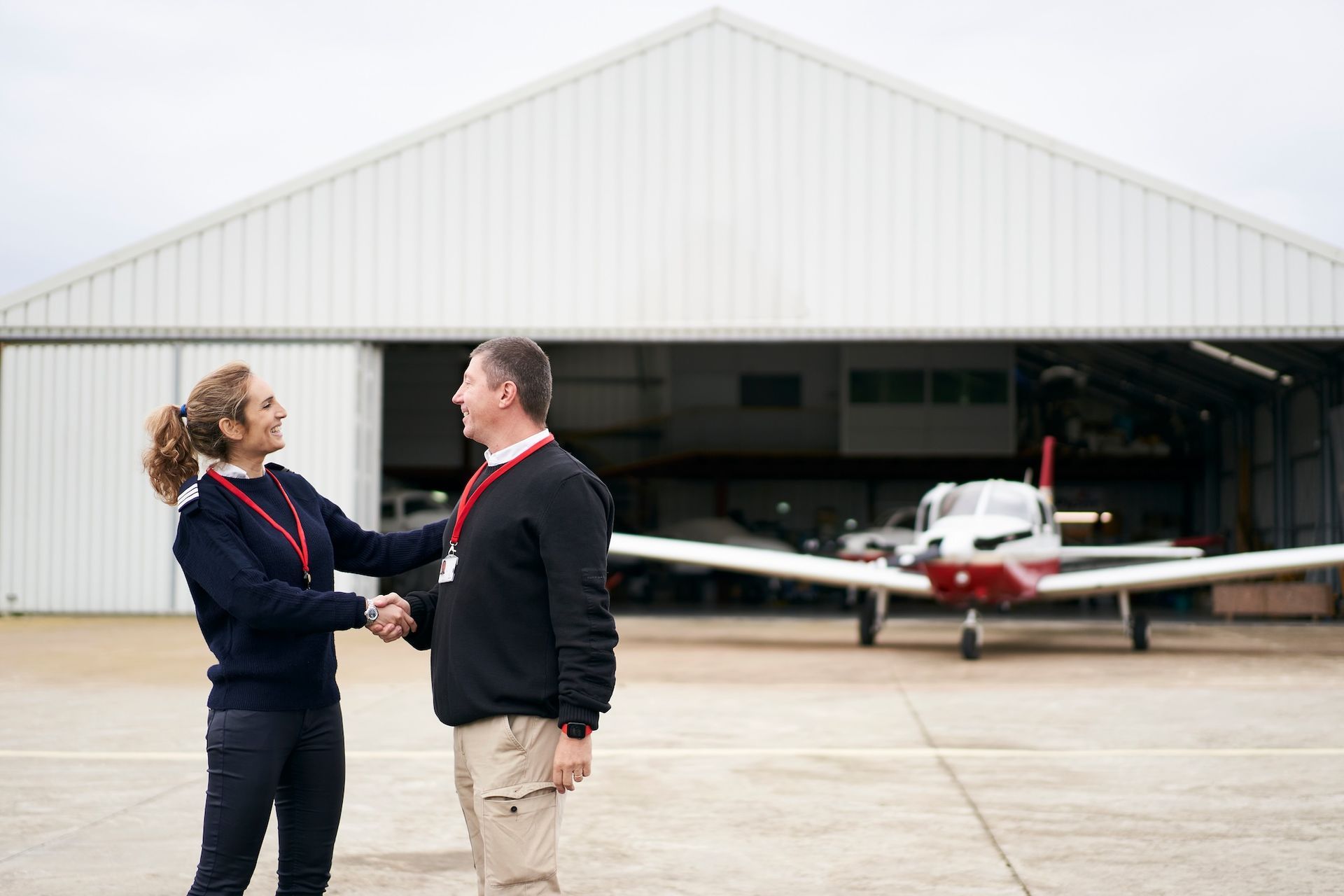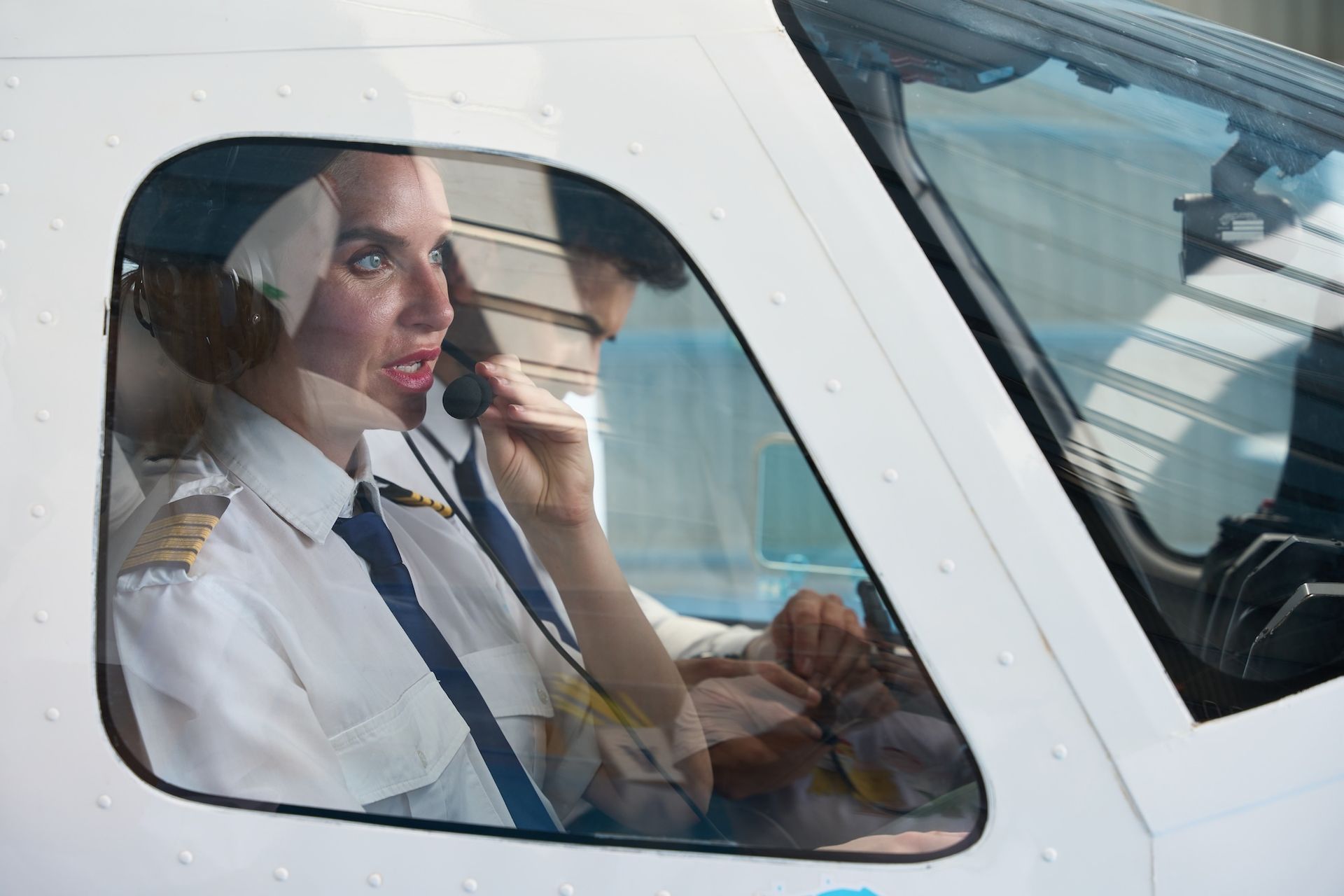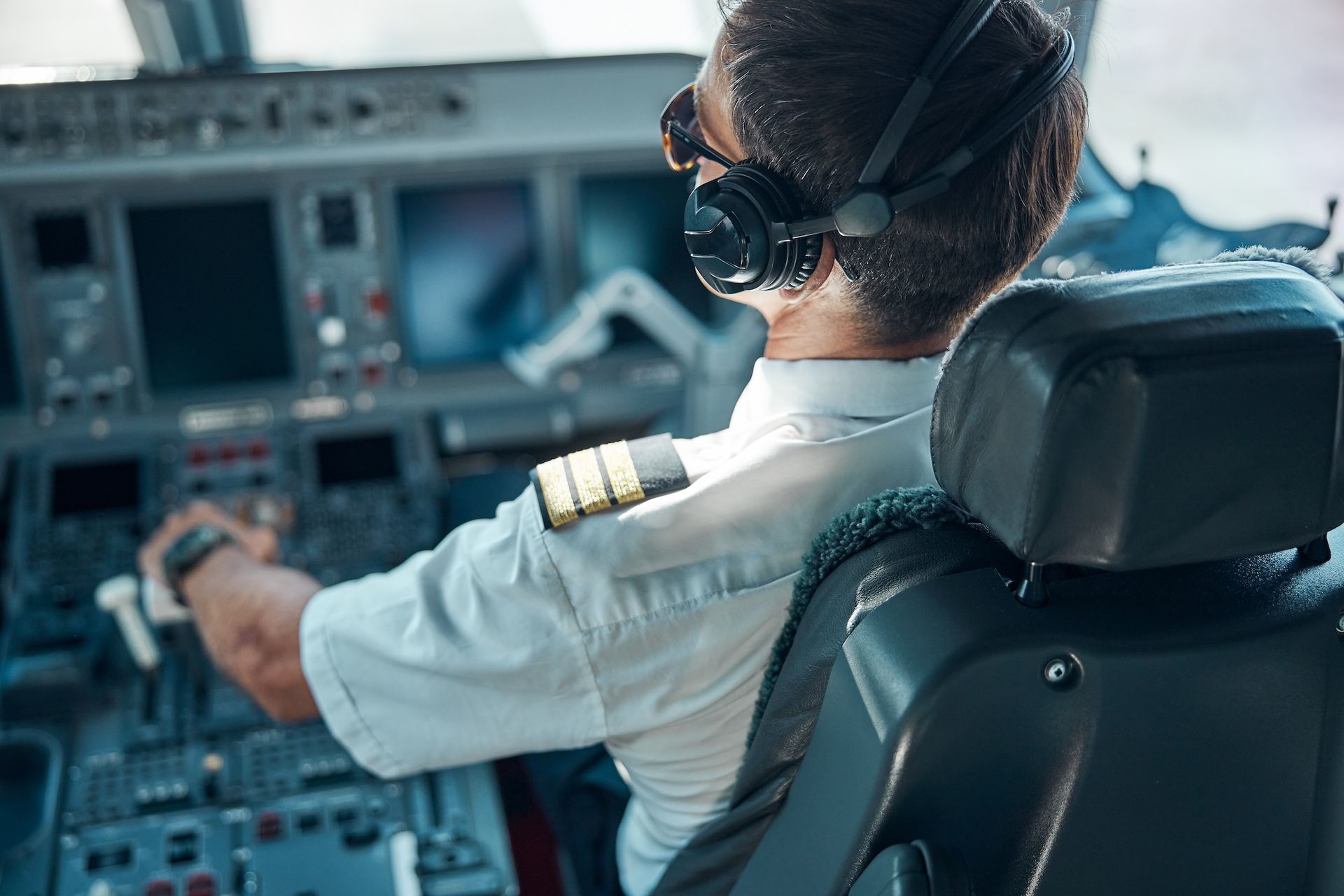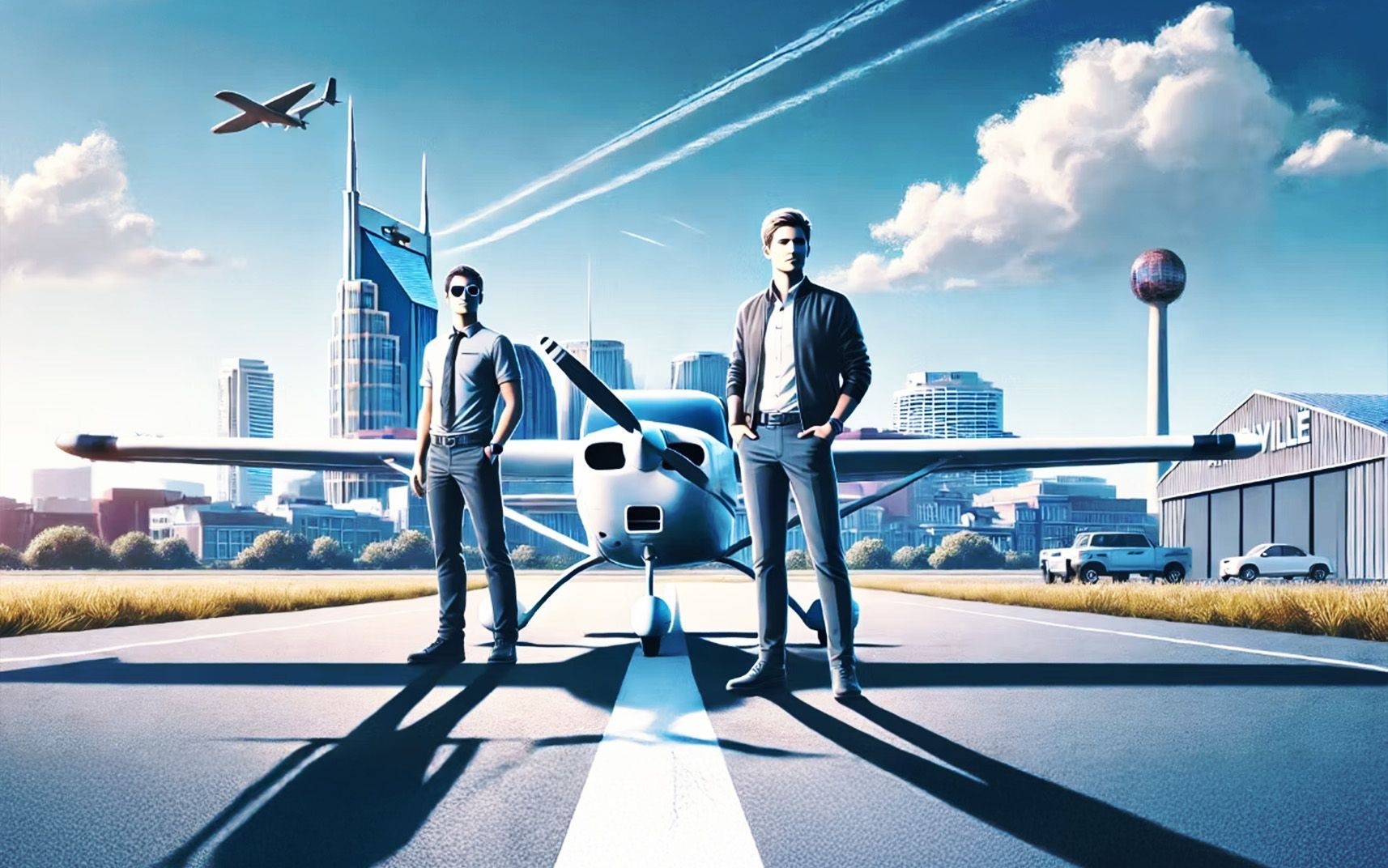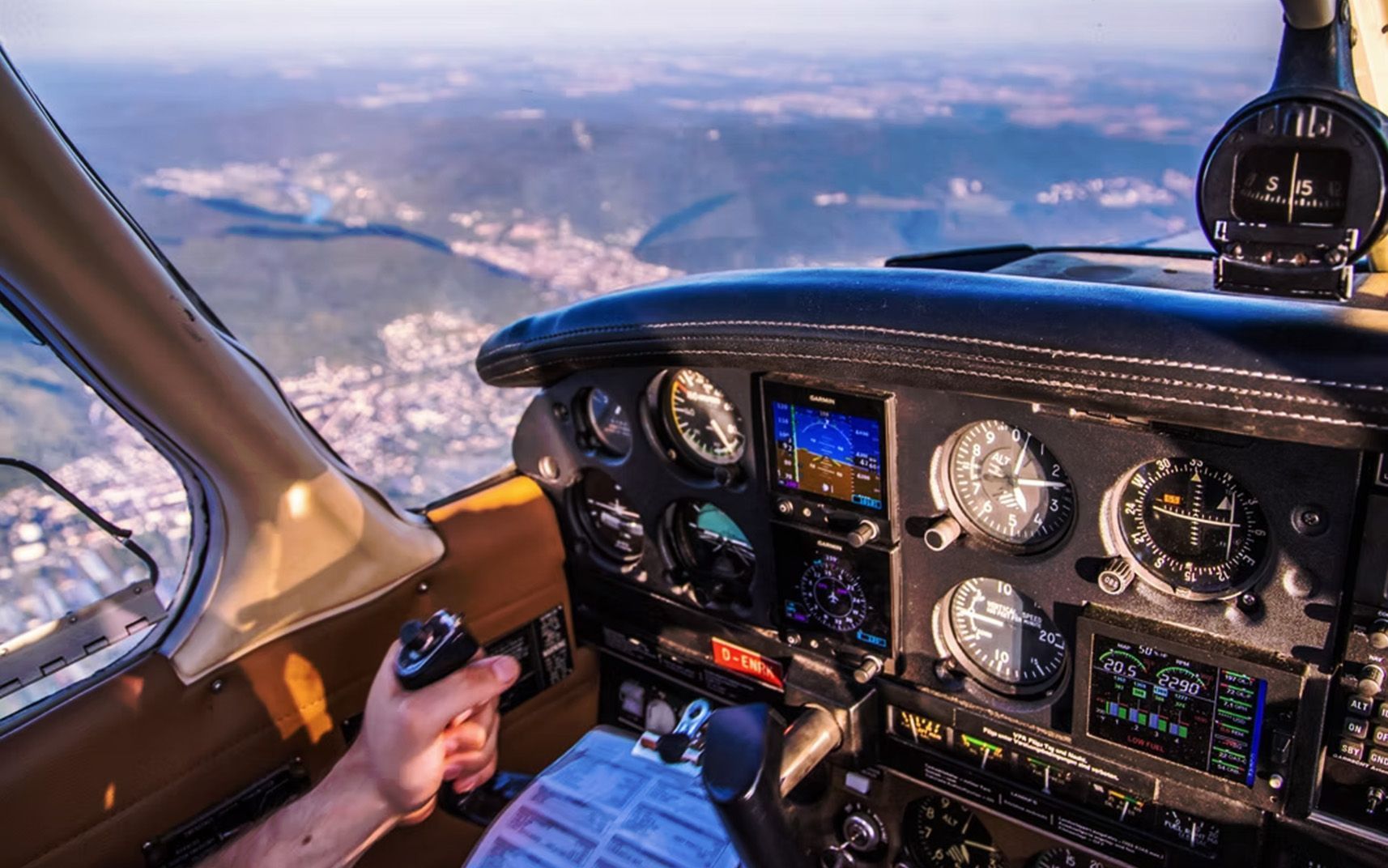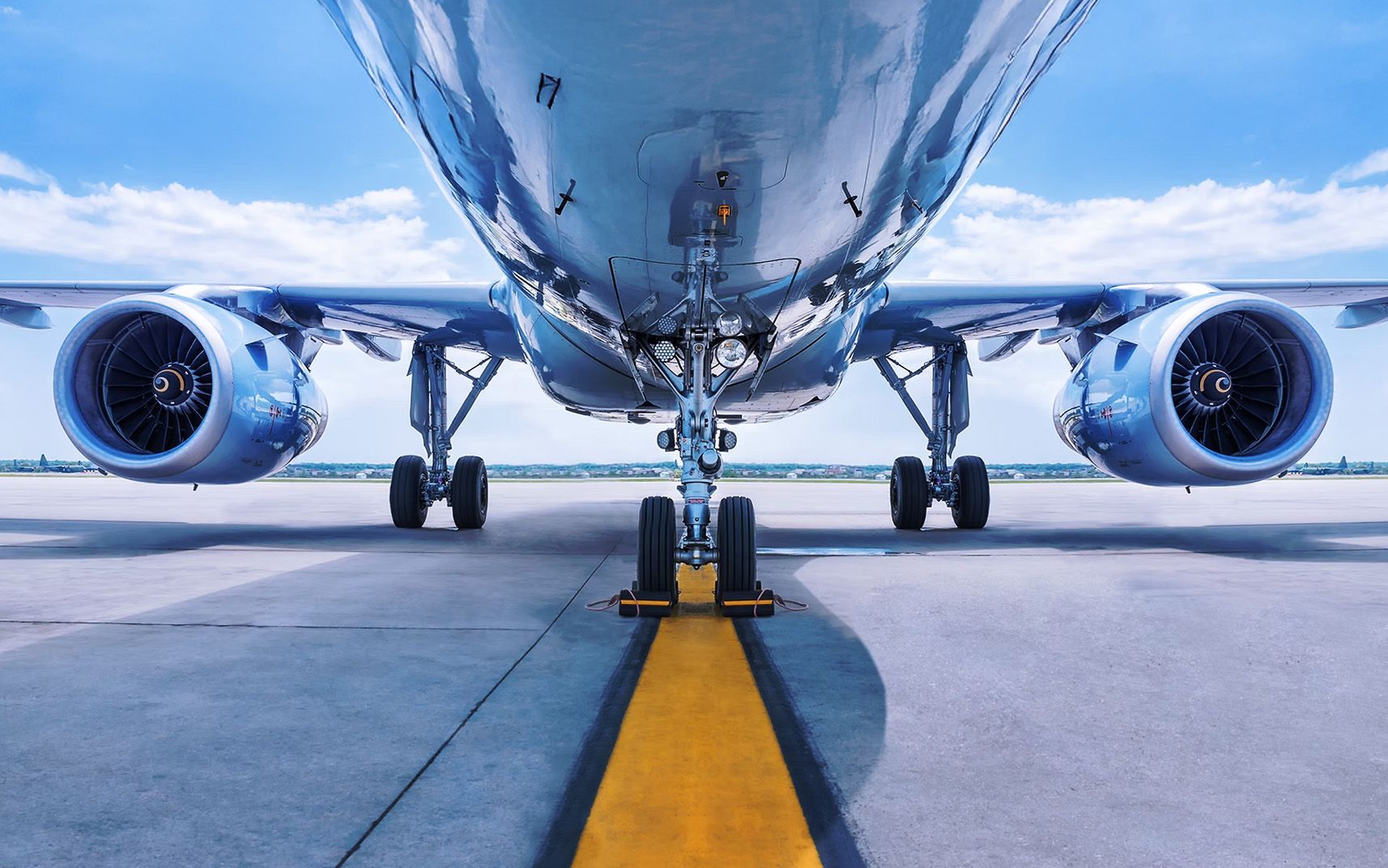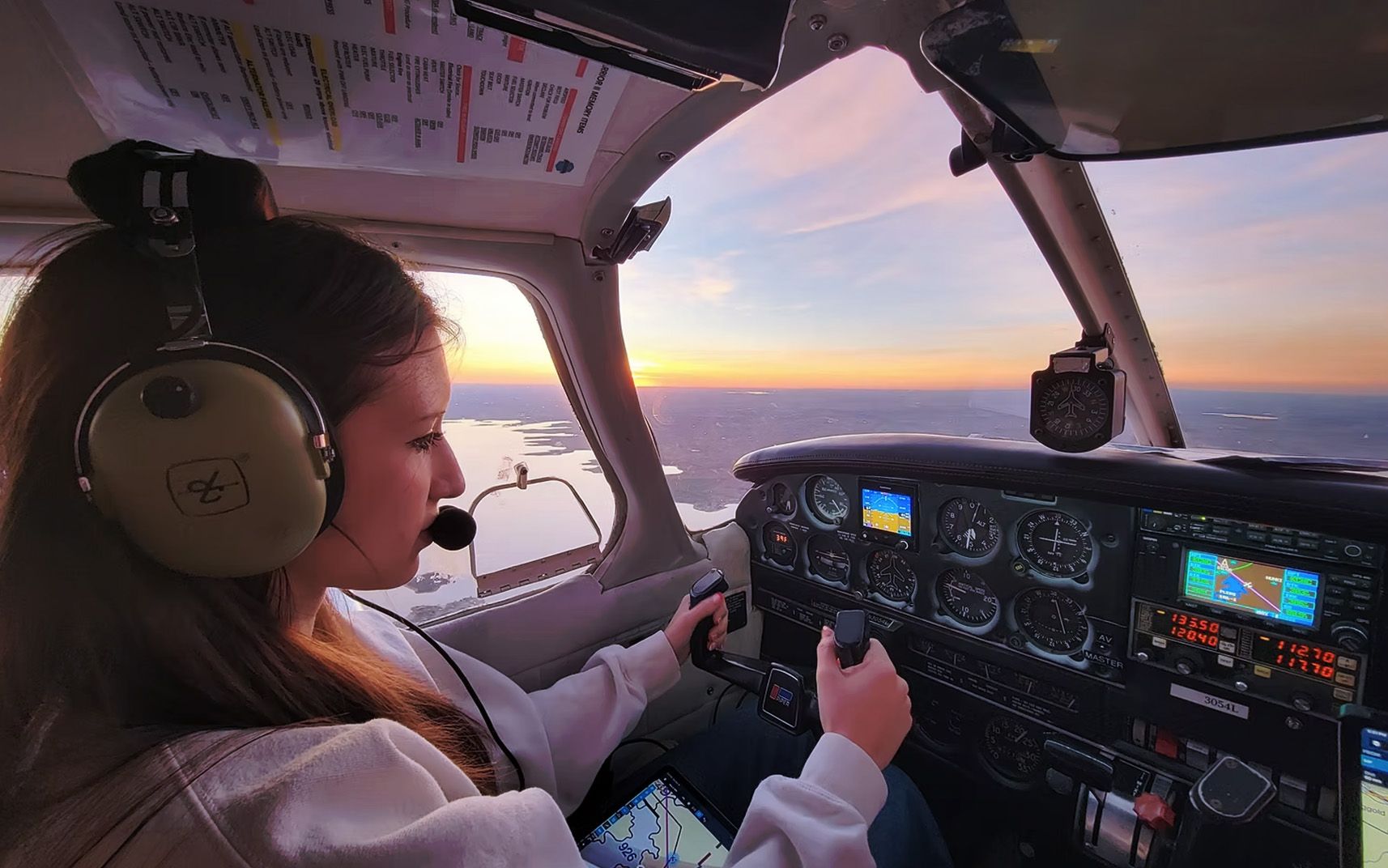What Are FAA Requirements for Commercial Pilot Training in Texas?
Share this article
What Are FAA Requirements for Commercial Pilot Training in Texas?
If you're dreaming of soaring through the skies as a commercial pilot, understanding the FAA requirements for commercial pilot training in Texas is the first step to turning your passion into a career. Navigating the path from aviation enthusiast to licensed commercial pilot might seem complex, but with the right guidance, it's a journey filled with adventure, growth, and success.
1. Eligibility Criteria
Before enrolling in a commercial pilot training program, the Federal Aviation Administration (FAA) sets basic eligibility requirements:
- Age: You must be at least 18 years old.
- Language Proficiency: Ability to read, speak, write, and understand English fluently.
- Medical Certification: Obtain a second-class medical certificate from an FAA-authorized Aviation Medical Examiner to ensure you're fit to fly.
2. Educational Requirements
While a college degree isn’t mandatory, strong foundational skills in math and science are advantageous. More importantly, you'll need to hold a Private Pilot Certificate (PPL) before advancing to commercial training.
3. Flight Training Hours
The FAA mandates specific flight hour requirements for commercial pilot certification:
- Total Flight Time: Minimum of 250 hours
- 100 hours in powered aircraft
- 50 hours in airplanes
- Pilot-in-Command (PIC) Time: At least 100 hours
- Cross-Country Flight Time: 50 hours, including solo flights
- Night Flying: 10 hours of night flight experience, with at least 5 takeoffs and landings
- Instrument Training: 10 hours in actual or simulated instrument conditions
4. Ground School Training
Flight skills are only part of the equation. Ground school is where you'll master:
- Aerodynamics and Aircraft Systems
- Meteorology and Weather Patterns
- Navigation and Airspace Regulations
- FAA Rules and Safety Procedures
5. The FAA Written Exam (Knowledge Test)
Once you've completed ground school, you'll take the FAA Commercial Pilot Knowledge Test. This exam covers key areas like:
- Flight theory and operations
- Aviation weather services
- Navigation techniques
- FAA regulations
6. Flight Test (Checkride)
The final hurdle is the FAA practical exam, commonly called the checkride. This includes:
- Oral Exam: Demonstrating your knowledge of aviation principles and safety procedures.
- Flight Test: Showcasing your flying skills, including maneuvers like steep turns, stalls, emergency procedures, and cross-country navigation.
7. Texas-Specific Considerations
Training in Texas offers unique advantages:
- Diverse Weather Conditions: Prepare for a variety of real-world flying scenarios.
- Expansive Airspace: Access to both controlled and uncontrolled airspace for comprehensive flight training.
- Proximity to Major Airlines: Build connections with aviation networks and potential employers.
8. How Nationwide Aviation Supports Your Journey
We understand the challenges aspiring pilots face.
Here’s how we make your path smoother:
- Flexible Scheduling: Tailored programs to fit your busy lifestyle.
- Accelerated Training: Launch your career in as little as 9 months.
- Financial Assistance: Partnerships with financing experts to ease the cost burden.
- Career Placement Support: Connections with airlines and success stories from our graduates.
9. Take the First Step
- Becoming a commercial pilot in Texas is an exciting journey, and Nationwide Aviation is here to help you every step of the way. Ready to take off? Contact us to schedule an introductory flight or an information session to learn more about how we can help you achieve your aviation dreams.
Recent Posts
